By Daily Meal Staff
Posted August 24, 2019; Updated February 2, 2022. The information presented here is for informative and educational purposes only and is not intended as curative or prescriptive advice. The statements of this web-site have not been evaluated by the United States Food and Drug Administration (FDA). Nothing stated here should be considered as medical advice for dealing with a given problem, or to diagnose / treat / prevent / cure any disease.
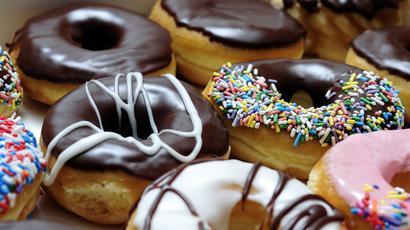
These are the foods these doctors would rather steer clear of for their health.
The list might surprise you. The Daily Meal contacted over 20 different medical professionals with specialties ranging from plastic surgery to gastrointestinal disorders to find out which foods they won’t eat and why. The foods on this list are many of the foods you might expect (fried foods and soda, for example) but also include some surprising answers. For nutrition advice, it’s best to consult a nutritionist, dietitian, or other nutrition professional. Doctors might not be the best resources for advice on what to eat and why, since nutrition is not their area of expertise. In fact, many doctors, while well-versed in general medicine and their particular area of medical expertise, only take one or two general nutrition courses in the span of their education. Many don’t take a nutrition-specific course at all — as Harvard nutrition professor David Eisenberg told “PBS NewsHour” in 2017, “less than 20 percent of medical schools have a single required course in nutrition.”
So take all of these recommendations with a grain of salt — though (as doctors would probably agree), not too many grains of actual salt. Doctors do know a thing or two about health risks and how your body works; read on about the 30 foods these doctors won’t eat, and why.
Acai Dish 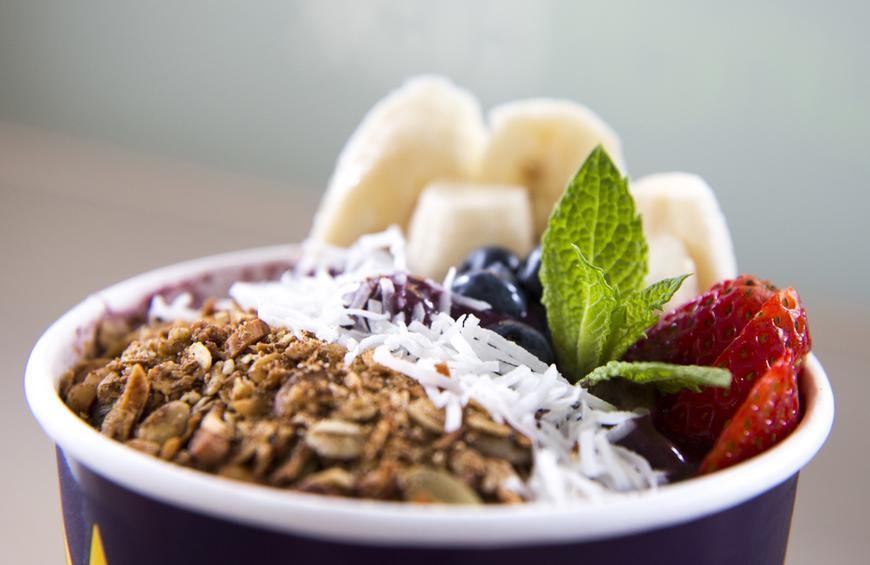
The açaí berry is a trendy smoothie bowl staple, but Ryan Neinstein, MD, of Neinstein Plastic Surgery in New York City is not convinced. The doctor notes that although the berry itself “may have a lot of antioxidant properties… The problem is that most people are not just eating açaí. The bowls are more popularly eaten with add-ons such as nut butters, seeds, and more fruit. With the addition of some of these foods, calories and sugar increase significantly. Before purchasing any açaí bowl, I would warn patients to check your nutrition facts, since you may be essentially buying a banana split!” This plastic surgeon’s advice suggests that eating fewer calories will lead to weight loss — a nutrition myth that’s not necessarily true. Additionally, ingredients in açaí bowls such as nut butter and fruit are some of the most nutritious foods you can eat. If you find the portion size is too large, you can always save the rest of these healthy foods for later!
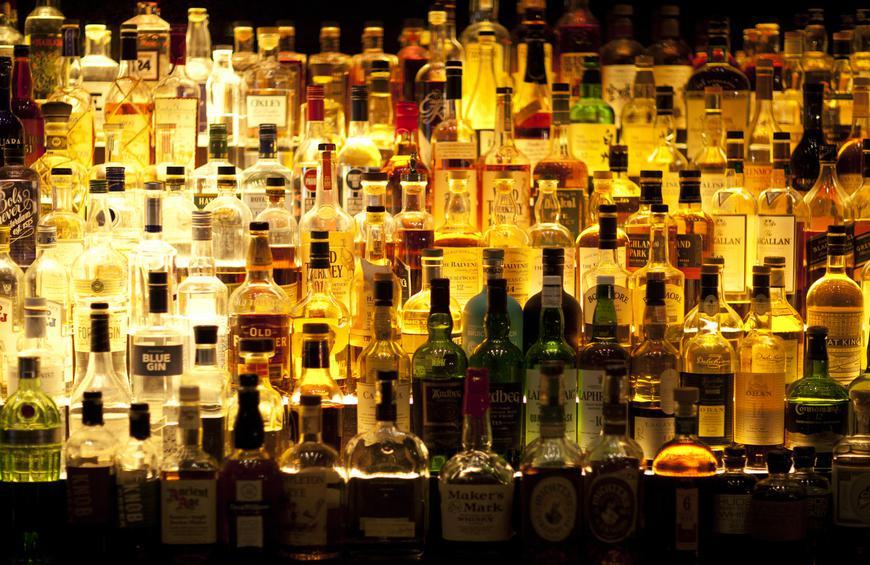 Alcohol
Alcohol
The health risks of alcohol are more than skin-deep, but A. David Soleymani, MD, dermatologist and founder of Dermio Dermatology, says to avoid alcohol in cases of “psoriasis or eczema, as it tends to be pro-inflammatory as well as dehydrating.” Follow these tips for staying hydrated to combat the negative effects of dehydration from alcohol — and try your luck at a hangover trick or two.
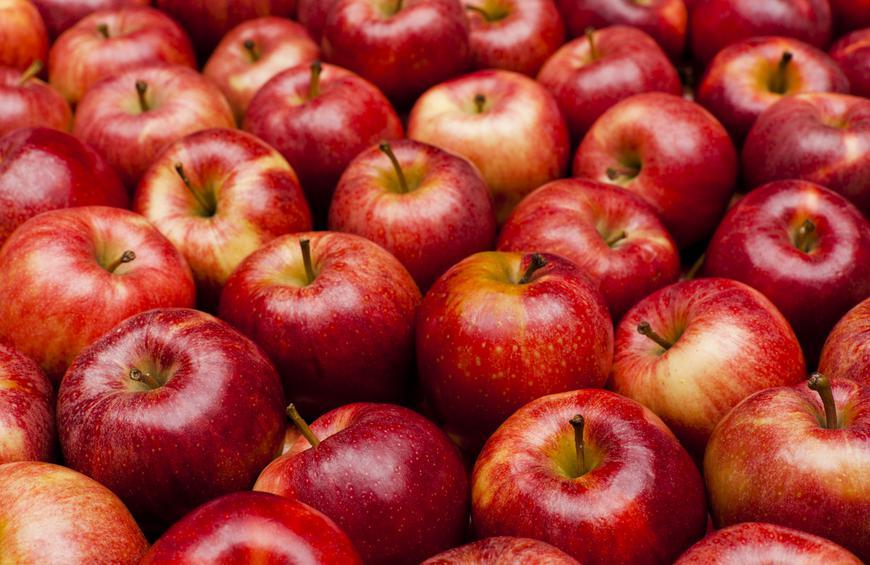 Apples
Apples
An apple a day keeps the doctor away! And that’s according to science. But Rachel Pauls, MD, a surgeon with Cincinnati Urogynecology Associates, stays away from apples because they are a high-FODMAP food. FODMAP is a group of compounds, particularly short-chain carbohydrates, which she says contribute to irritable bowel syndrome and gastrointestinal disorders. Other high-FODMAP foods include garlic, onions and beans. However, many people are able to maintain healthy digestion without following this strict diet.
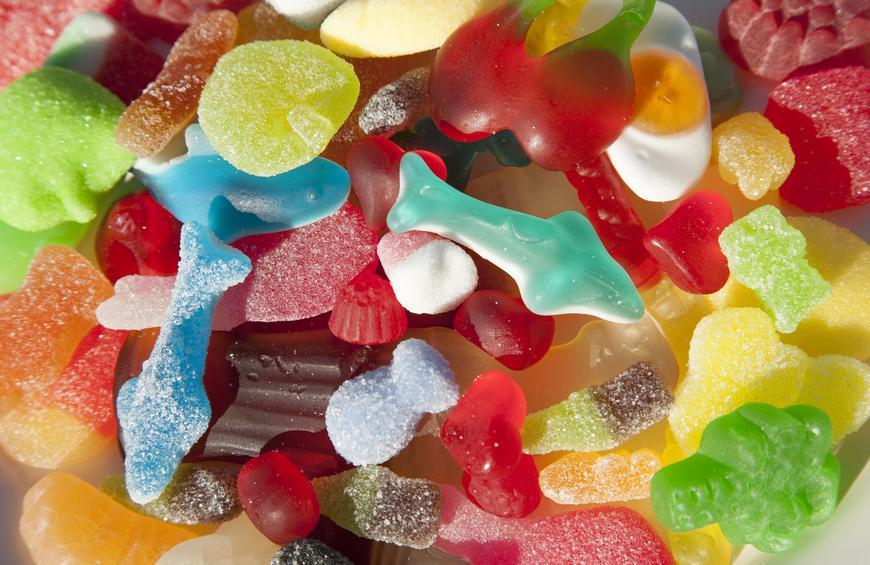 Artificially colored foods
Artificially colored foods
“If it has a color with a number next to it, steer clear away,” advises Dr. Rohit Chandra, child and adult psychiatrist at Massachusetts General Hospital-Chelsea. “Compounds like yellow 5 (tartrazine), red 40, and blue. Blue 1 (brilliant blue) is derived from coal tars, and they have all been shown to cause allergic reactions. Yellow 5 has been persuasively linked to cancer and ADHD.”
However, it’s important to note that the FDA closely regulates color additives to ensure they are safe for consumers and says that as of now, there is insufficient evidence to warn against them. The FDA only approves an additive if they are reasonably certain they will not cause any harm to consumers.
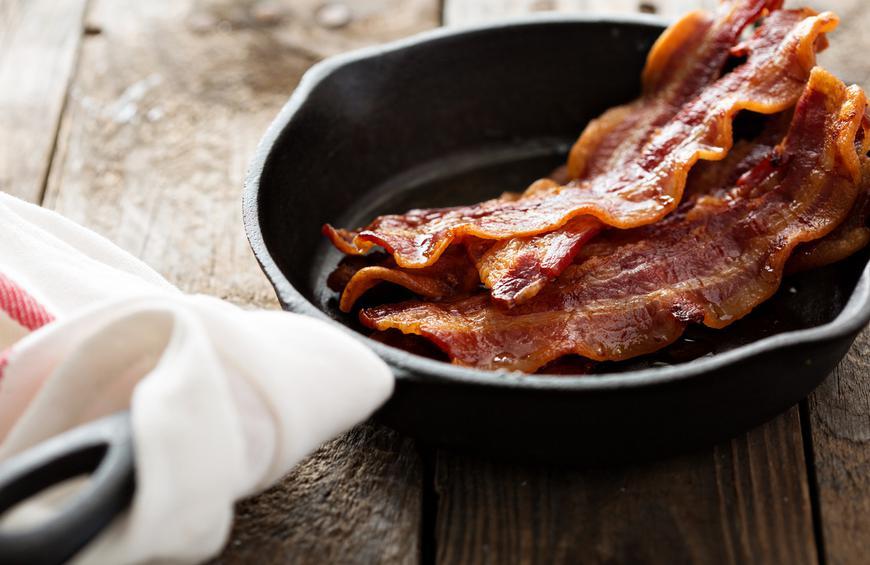 Bacon
Bacon
Bacon might be a favorite of those on the Whole30 or the keto diet, but this doctor would rather steer clear. “I would not eat bacon, because it is full of fat and cholesterol, and the nutritional value is very minimal,” says Omid Javadi, MD, cardiovascular and thoracic surgeon at Good Samaritan Hospital in San Jose, California. “I think bacon is probably one of the worst foods on the planet. People love the taste and it is very palatable because of that fact, but when you look at its content, it is pure fat and cholesterol — and fat is just hanging from it.” Both fat and cholesterol are healthful to eat in moderate amounts — and bacon contains other nutrients as well, including protein, selenium, and phosphorus. So don’t panic if you love indulging in bacon, egg, and cheese. But eating lots of bacon regularly might not be a great idea due to its high levels of sodium and saturated fat.
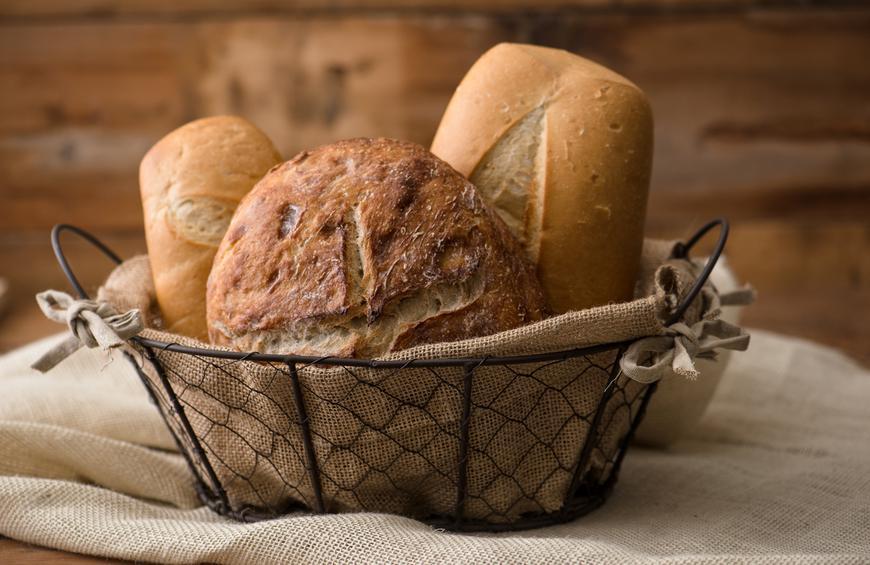 Bread
Bread
“I won’t eat bread or pasta,” says Dr. Patrick Roth, author of “The End of Back Pain,” chairman of neurosurgery at Hackensack University Medical Center, and founding member of the North Jersey Brain & Spine Center. “This choice is based on the belief that each of us has a distinct susceptibility to foods with a high glycemic index. I subscribe to focusing on keeping my insulin level low with low-glycemic index foods rather than on counting calories. Bread and pasta present three problems: They are high-glycemic index, they are not whole foods (manmade), and they are tremendously delicious and addictive.” That last one doesn’t sound like much of a problem! Especially because science shows that you absorb more nutrients from food when you enjoy it — and the whole “food addiction” theory might be a myth. Some nutrients in bread are really important to incorporate into your diet, including fiber and B vitamins. Those nutrients are just part of the reason that whole grains (such as those found in some bread and pasta) are recommended foods for better heart health.
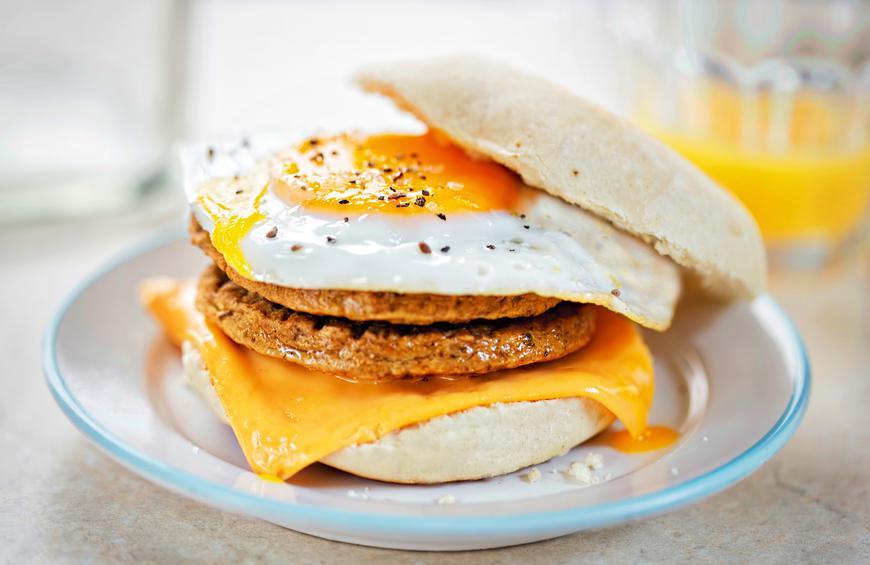 Breakfast sandwiches
Breakfast sandwiches
“Fresh, wholesome red meat is not the problem. Tasteless, gray tubes and patties of a manufactured meat-like goo are,” says Dr. Michael Fenster MD, a faculty member at The University of Montana College of Health Professions and Biomedical Sciences. He’s talking about the “meat” in fast food breakfast sandwiches. “While they should’ve been put away long ago for assault and battery on our tasteful sensibilities, there is a reason that the World Health Organization classifies these as human carcinogens. Placing them between slabs of white, refined carbohydrates that are denser than the pages of War and Peace (and about both as tasty and nutritious), topping it with an electro-neon orange, processed cheese-like, food-ish substance may actually accelerate the process from carcinogenic to directly genotoxic.”
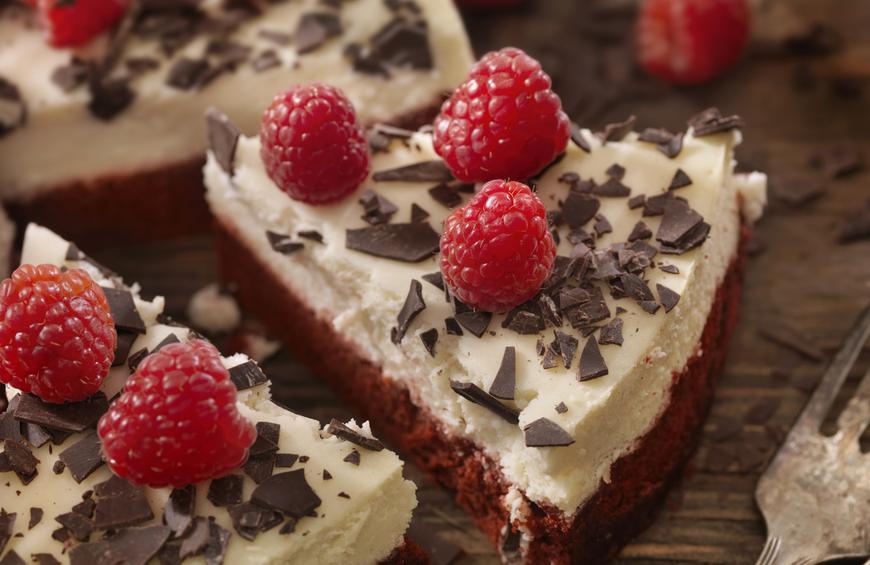 Cake
Cake
The foundation of most cakes is flour and sugar, two ingredients not held in high regard by some in the medical community. Sugar is especially dangerous because it “promotes oxidative stress and internal inflammation… which lead to premature aging, wrinkles, and adrenal fatigue.
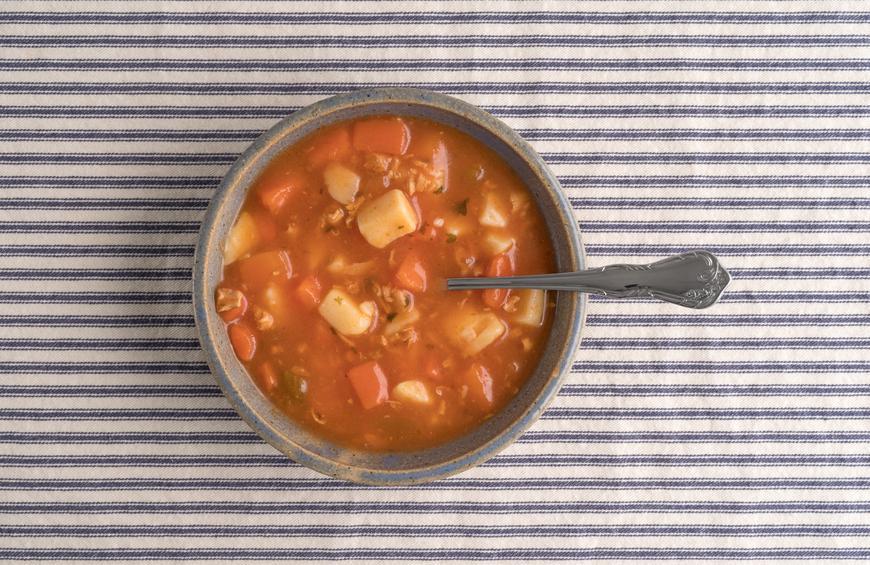 Canned soups
Canned soups
Canned, condensed soups have lots of sodium. Dr. Morton Tavel, clinical professor emeritus at Indiana University School of Medicine, warns that “one can of condensed soup contains more sodium that most adults should consume in an entire day.” Look for soup with lower sodium content, or make your own homemade soup from a simple recipe.
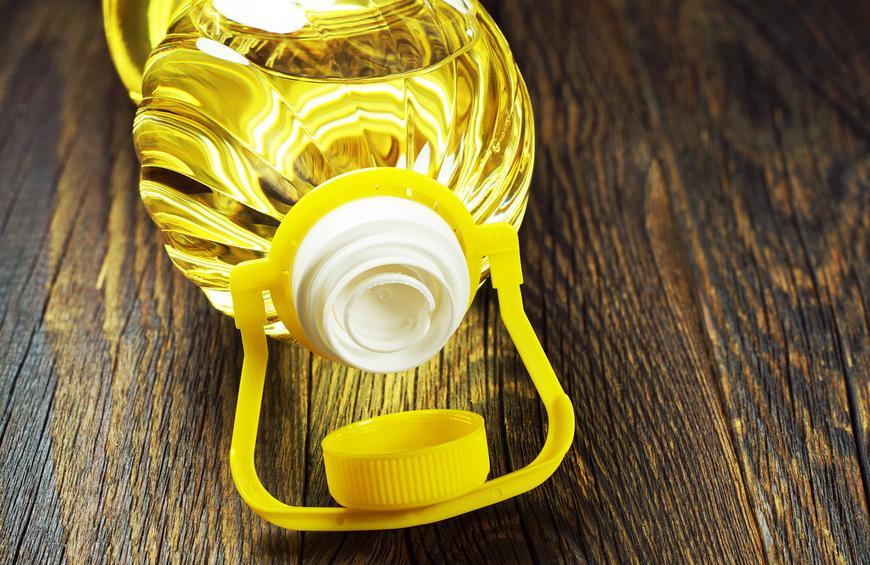 Canola oil
Canola oil
Canola oil is a popular cooking fknown to decrease cholesterol, but Dr. Lauren Deville, a naturopathic physician at the Tucson Natural Medicine Center, argues that it should be avoided at all costs. “Canola oil is super high in inflammatory omega-6 fatty acids,” notes Deville.
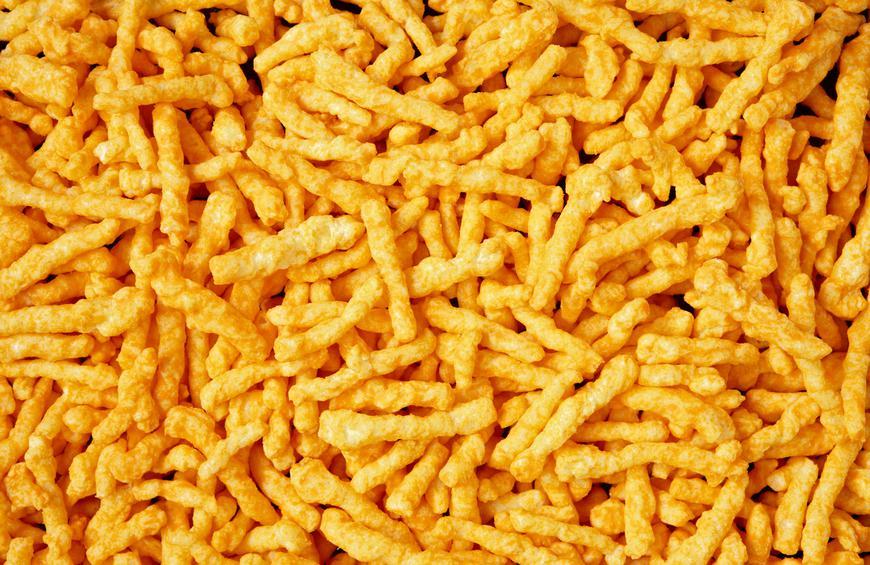 Cheetos
Cheetos
Cheetos cheese dust is a mystery — or is it? But Dr. Nicole Farmer, integrative physician at the Casey Health Institute, won’t eat these snacks “because of the blend of artificial colors used and the MSG, both of which can serve as excitatory neurotoxins. Also, any type of puffed corn product that goes through [the] extruder process decreases most nutrients from the corn product and promotes inflammation.”
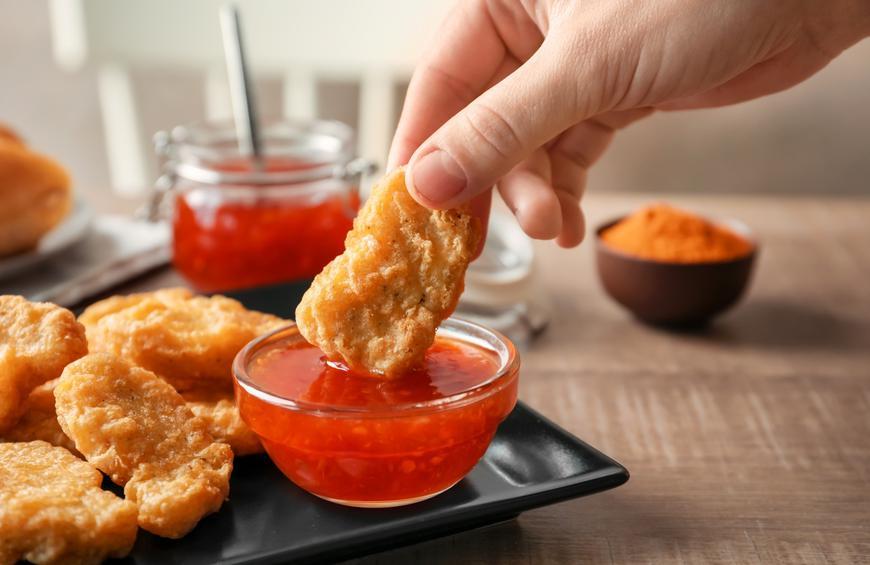 Chcken nuggets
Chcken nuggets
“After decades of studying and working intimately with anatomy, studying comparative physiology, and breaking down whole animals and primals for service, I’ve yet to have any real clear understanding of exactly from what part of the chicken the nugget is derived,” says the University of Montana’s Fenster.
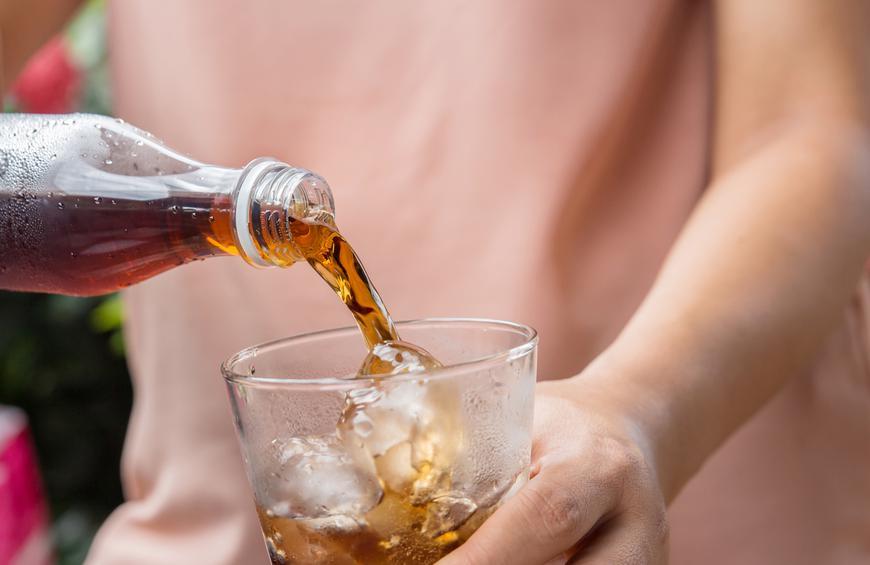 Diet soda
Diet soda
“It is no better than regular soda, but all the chemicals in it can lead to metabolic syndrome," says Dr. Suzanne Steinbaum, attending cardiologist and the director of women’s heart health for Lenox Hill Hospital in New York City. “No reason to add this one to your diet.
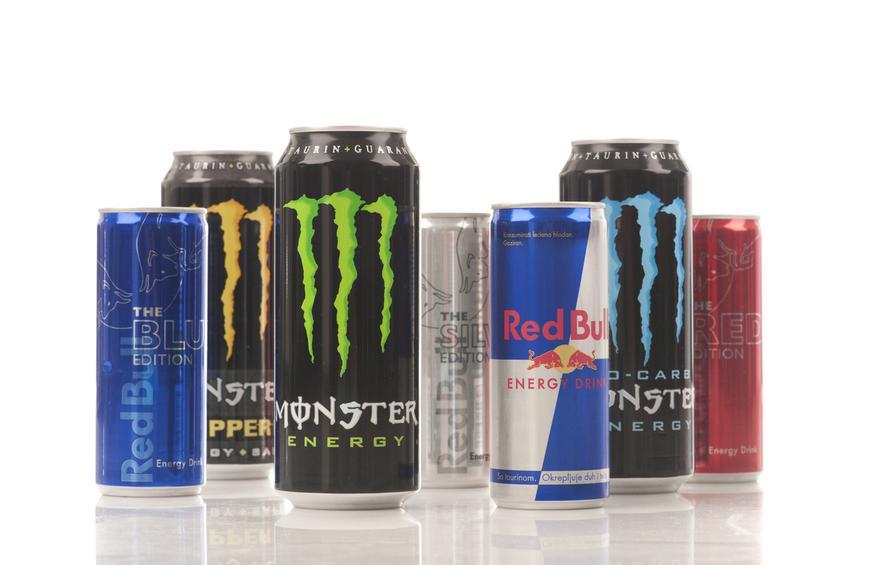 Energy drinks
Energy drinks
Dr. Fenster considers energy drinks a veritable death sentence. “High-fructose corn syrup and enough caffeine to induce ventricular fibrillation. Add in a sprinkling of artificial flavors, artificial preservatives, and a hue of color not found in the natural world and you have the perfect addictive death tonic.”
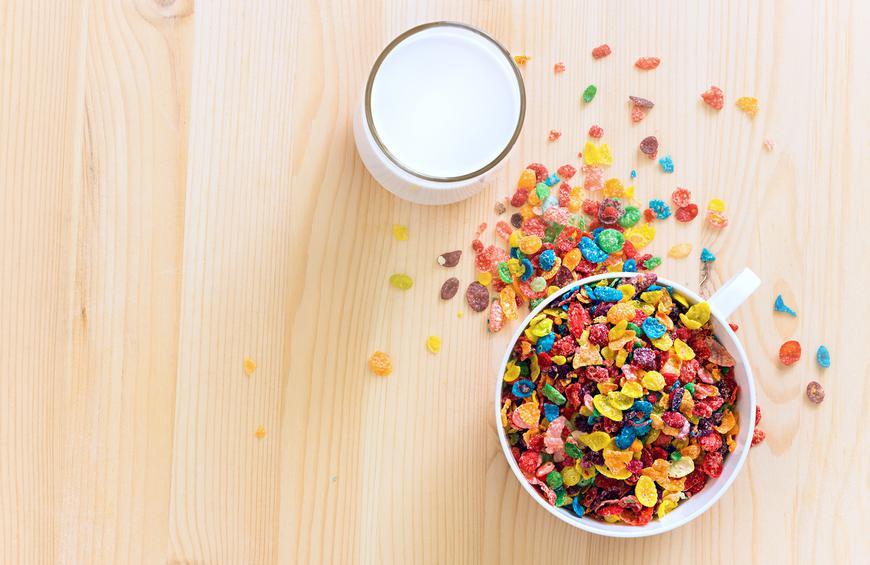 Boxed cereals
Boxed cereals
“They are full of sugar,” says Dr. Frank Lipman, integrative and functional medicine physician, founder of Eleven Eleven Wellness Center, and author of “The New Health Rules.” “Rather than having cereal for breakfast, a dose of healthy fats and protein will start your day off right. Have boiled or poached eggs with greens, sardines on gluten-free crispbreads, or half an avocado sprinkled with salt or spritzed with lemon.” You might also consider pairing a smaller bowl of cereal with a protein-rich option such as eggs to make a more complete breakfast. If you’re experiencing one of these signs you’re eating too much sugar, consider buying a lower-sugar cereal or eating something else for breakfast — even pizza might be a healthier choice!
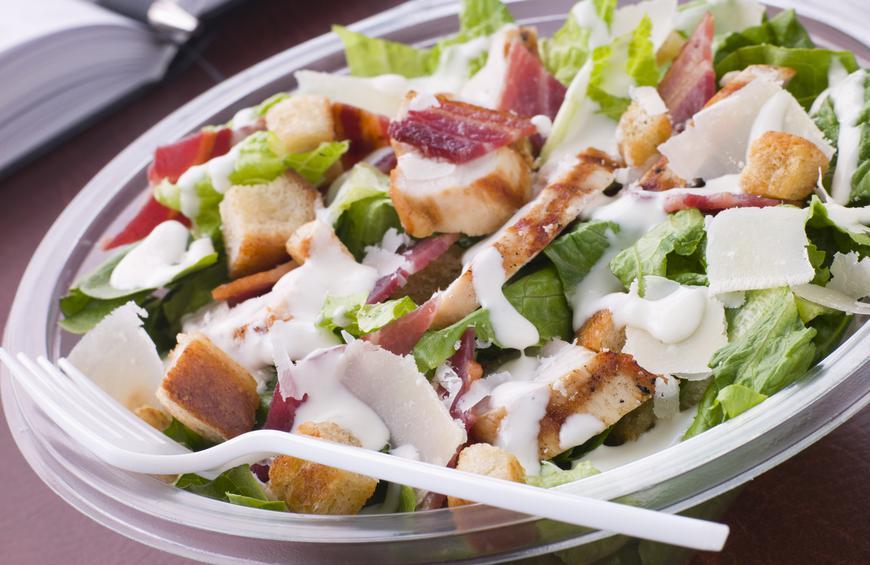 Fast food salad
Fast food salad
“This ‘healthy option’ is a dietary doppelgänger. The vegetables are often so limp as to require a supplement of veggie Viagra to regain their crunch. Not that that would necessarily do any good in awakening them from their preservative-induced catatonic state,” says Dr. Fenster. “The only thing lacking more than their nutritional value is their flavor. To assist us in this process of produce necromancy we are invariably given a tube of artificially flavored and artificially preserved, emulsified (often GMO) vegetable oil. It’s a meal fit for a king… a zombie king.”
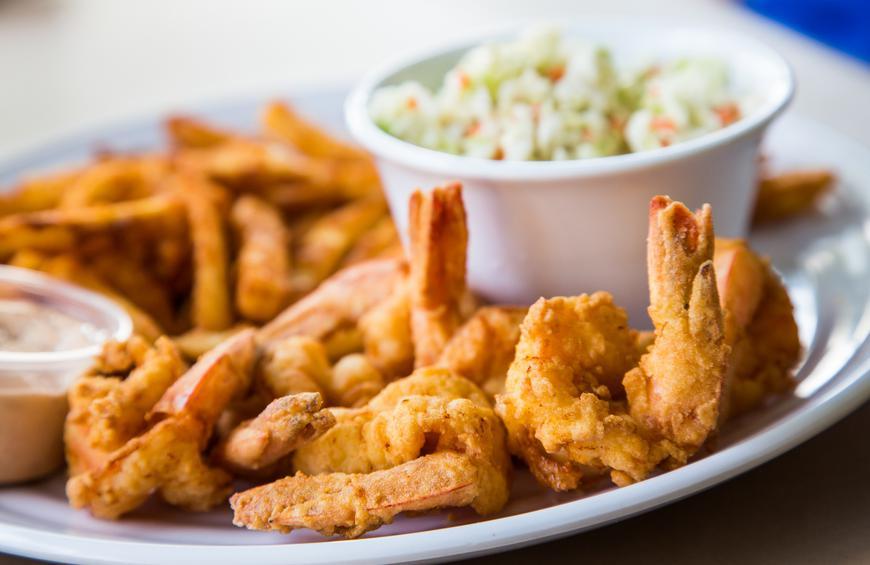 Fried foods
Fried foods
Dr. Mehmet Oz, talk show host, bestselling author, and advocate of some questionable weight-loss methods, says, “[Fried foods] sometimes also have hydrogenated fats from being basted in boiling oils containing damaged fats. These trans fats increase cholesterol and the risk of coronary heart disease. They do increase shelf life, but at the cost of human life.”
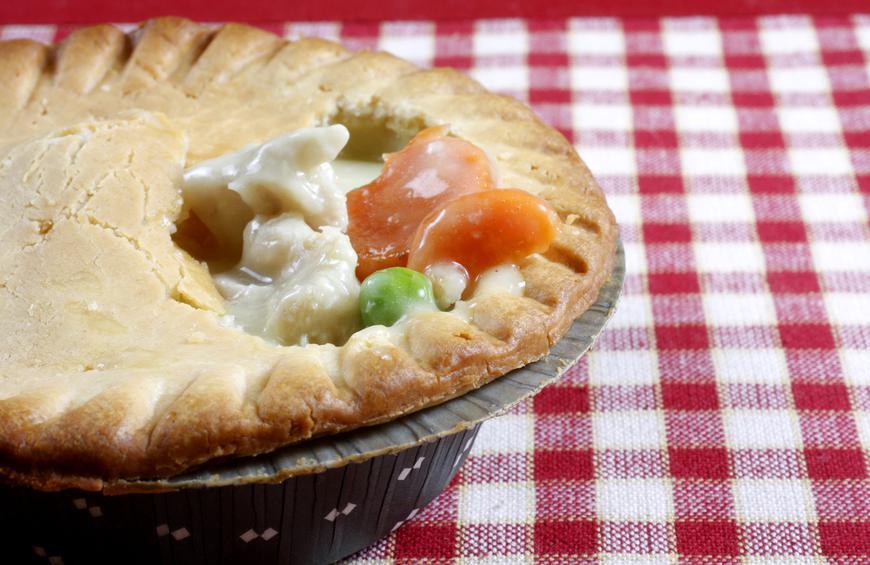 Frozen chicken pot pie
Frozen chicken pot pie
When made from scratch, chicken pot pie is not especially unhealthy, but when purchased frozen it can be a nutritional nightmare. Dr. Tavel of Indiana University notes that a typical chicken pot pie might contains 22 grams of saturated fat “and possess ‘only’ 1,040 calories.” Chicken pot pie is easy to make from scratch, if you’d like to stay away from the frozen, processed kind.
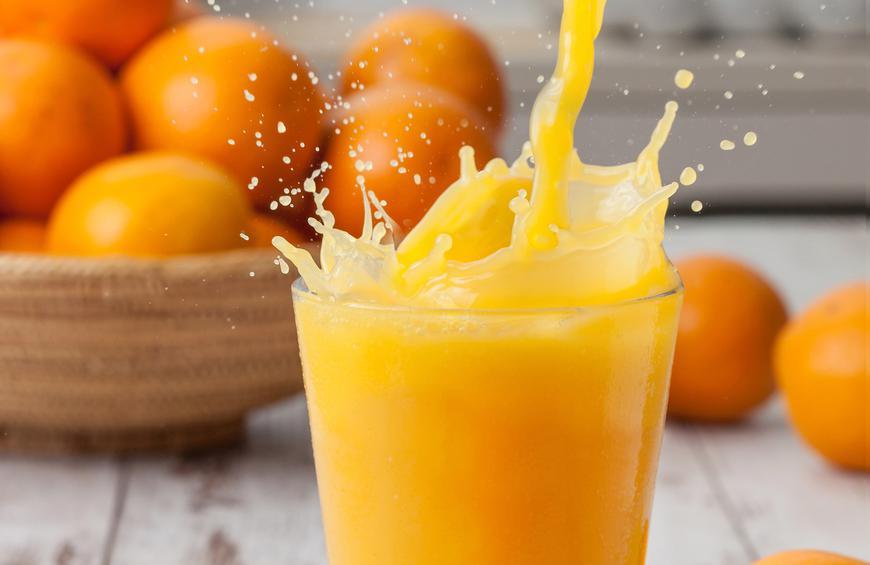 Fruit juice
Fruit juice
Drinking a cup of apple or orange juice isn’t bad for you, per se, it just could be better. Drinking juice is far from the nutritional equivalent of eating the whole fruit. Dr. Amy Lee, a doctor on the board of directors for a nutrition supplements company in Los Angeles, warns: “People pay so much attention to what they eat... they forget about what they drink! Fruit juice is nothing more than sugar water from fruit.” Lee says that “it’s almost as bad as drinking a can of cola.” That might not be completely true — but you are missing out on the fiber you would have eaten from a nutritious sweet snack.
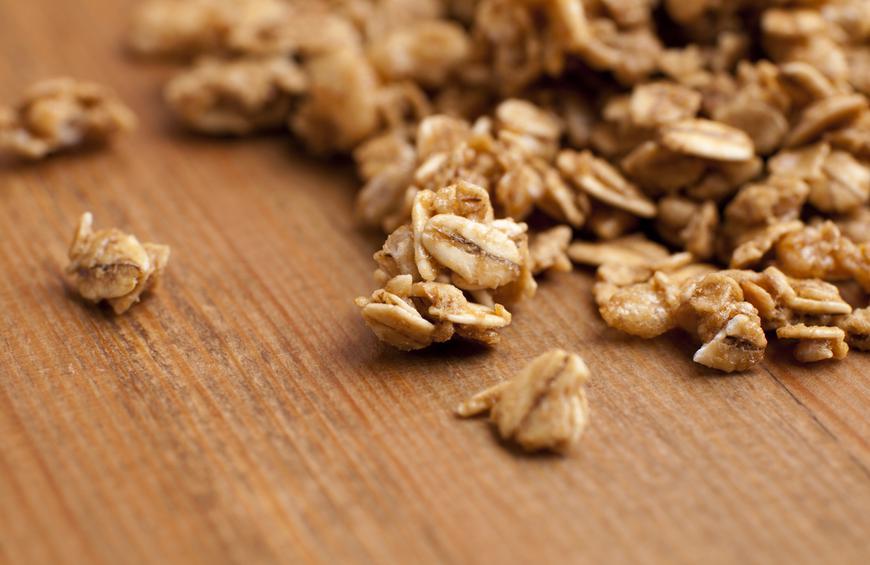 Granola
Granola
Granola is thought of as a generally healthy option and a great topping for yogurt, but Dr. Lee challenges this popular notion. Lee argues that “granola is usually loaded with sugar — specifically fructose. Fructose spikes your cravings by messing up the hormones in your body that regulate hunger (leptin and ghrelin). In other words, eating granola makes you hungrier.” Of course, pairing your delicious granola with some protein Greek yogurt would help keep your blood sugar at bay — and if your granola includes healthy fats (which some do) then Dr. Lee’s assertion about sugar doesn’t apply in the way she suggests.
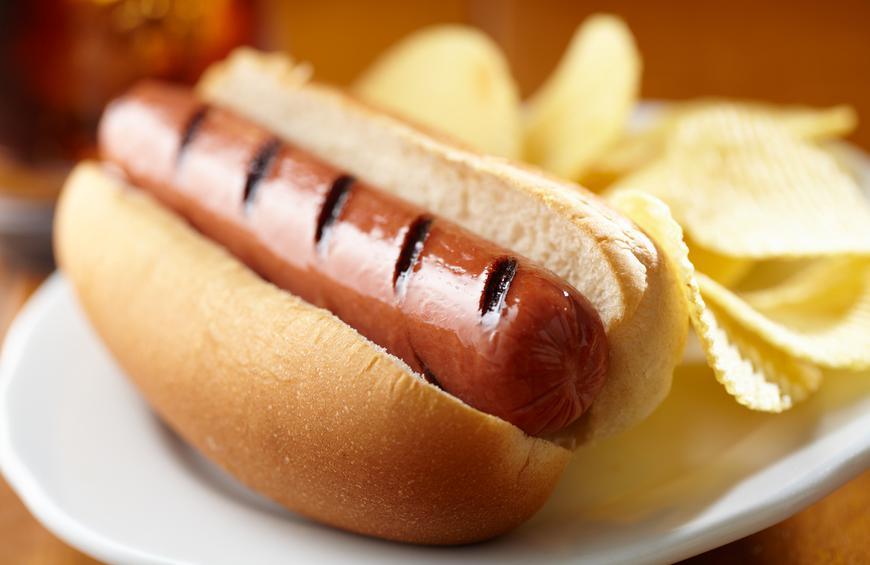 Hot dogs
Hot dogs
A World Health Organization report warned of the potential dangers of processed meats, especially ones that are often charred on the grill, such as hot dogs. Dana Simpler, MD, a primary care practitioner at Mercy Medical Center in Baltimore, reinforces this warning, saying that she avoids hot dogs because they are “full of carcinogens and cancer causing chemicals.”
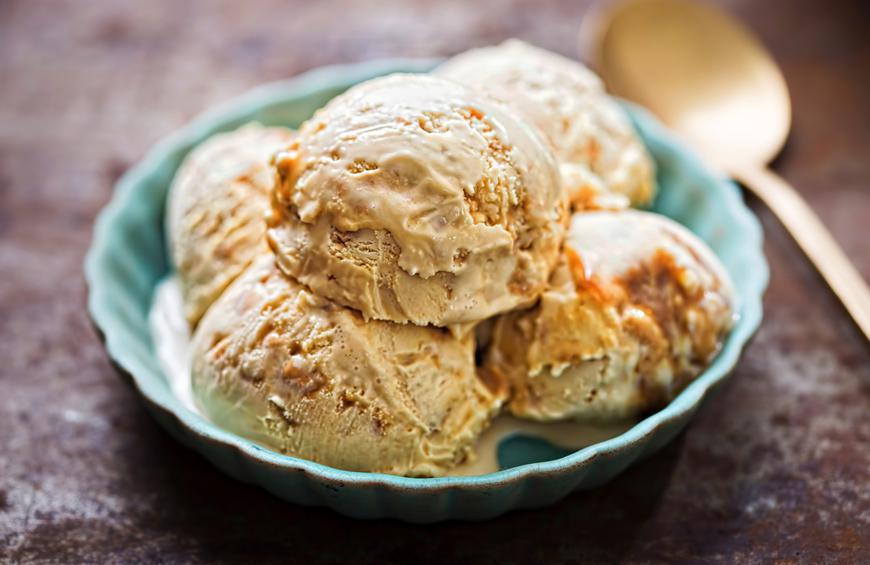 Ice cream
Ice cream
“The worst food for humans,” states Dr. Michael Hirt, internist and board-certified nutritionist at the Center for Integrative Medicine. “It is chock-full of chemicals, hormones, and pasteurized dairy. Pasteurization changes the proteins of milk. It has saturated fats and, worst of all, sugar in it.” This doctor is almost literally screaming over ice cream. But is it really healthier to cut sugar and dairy completely?
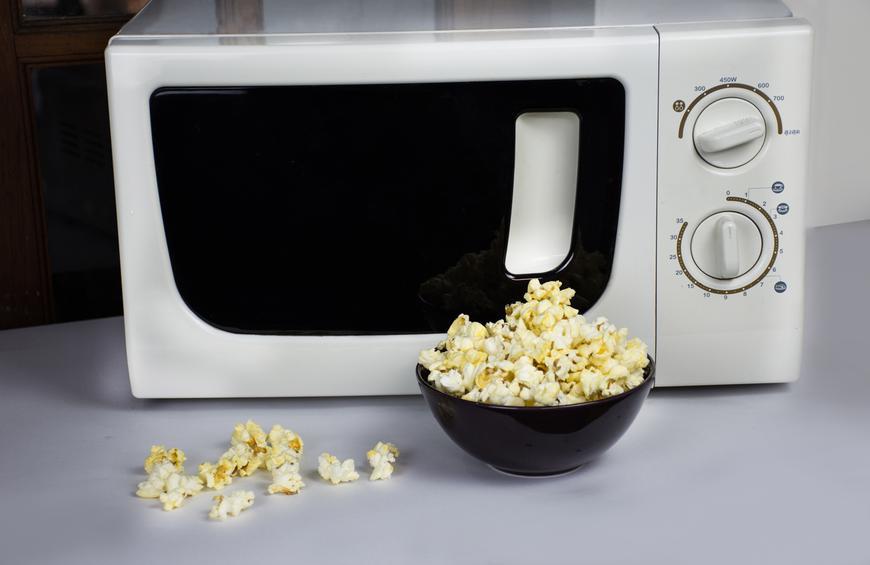 Microwave popcorn
Microwave popcorn
This beloved movie-night snack could cost you your health. Some packaged popcorn “contains chemicals that can cause cancer,” says Dr. Michael Fiorillo, a plastic surgeon in Pearl River, New York. No two brands of microwave popcorn taste the same. But a quick glance at the nutrition facts could help you tell which ones might be healthier for you.
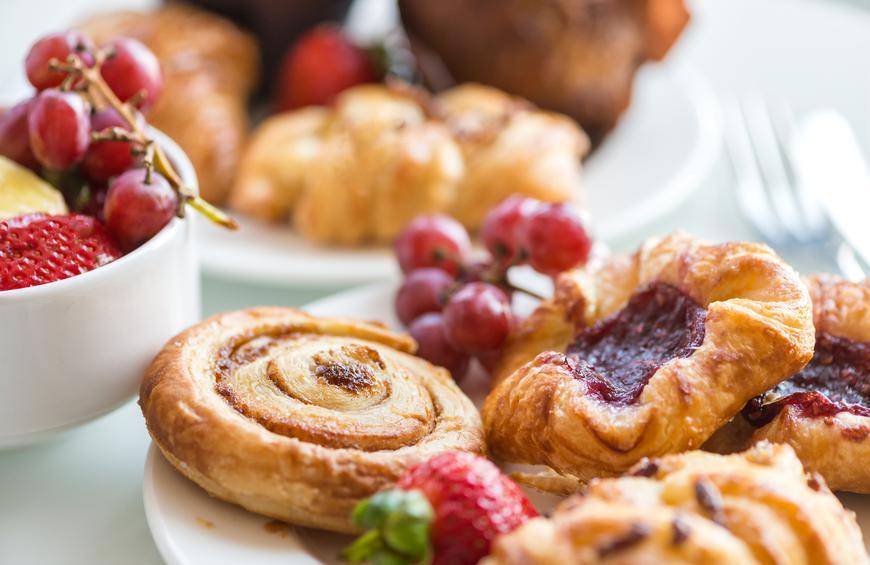 Pastries
Pastries
“Ninety-nine percent of pastries, like doughnuts, are made from genetically modified wheat,” claims internist and nutritionist Dr. Michael Hirt, founder of the Center for Integrative Medicine in California's San Fernando Valley. “This mutant grain contains 200-plus proteins that have never been safety studied in humans and have been linked to many diseases, including diabetes, heart disease, cancer, arthritis, and autoimmune conditions. Pastries are also loaded with sugar.”
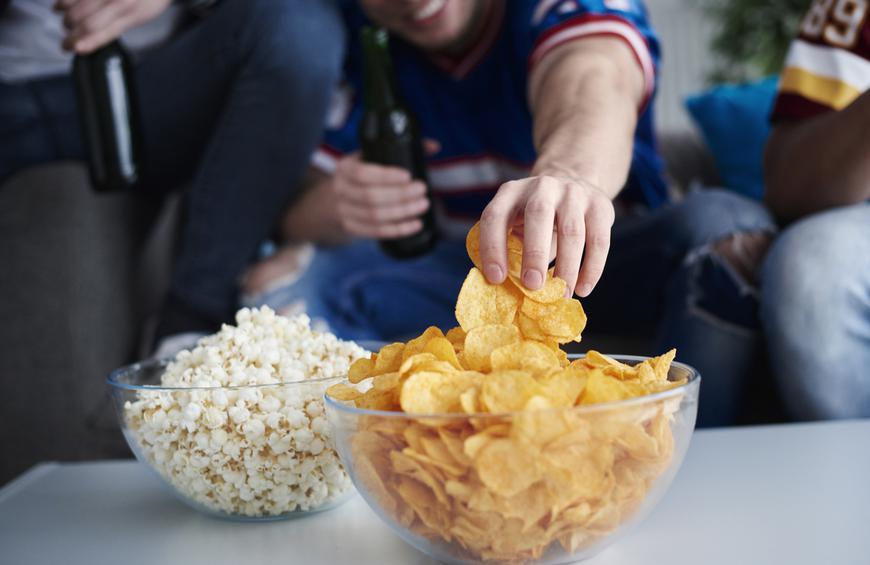 Potato chips
Potato chips
They’re a staple snack, but the classic potato chip is a food Dr. Shawn Tsuda, a board-certified general surgeon, avoids. “[Potato chips] have insane amounts of fat, carbohydrates, and sodium; a vegetable chip may be a better substitute,” notes Tsuda.
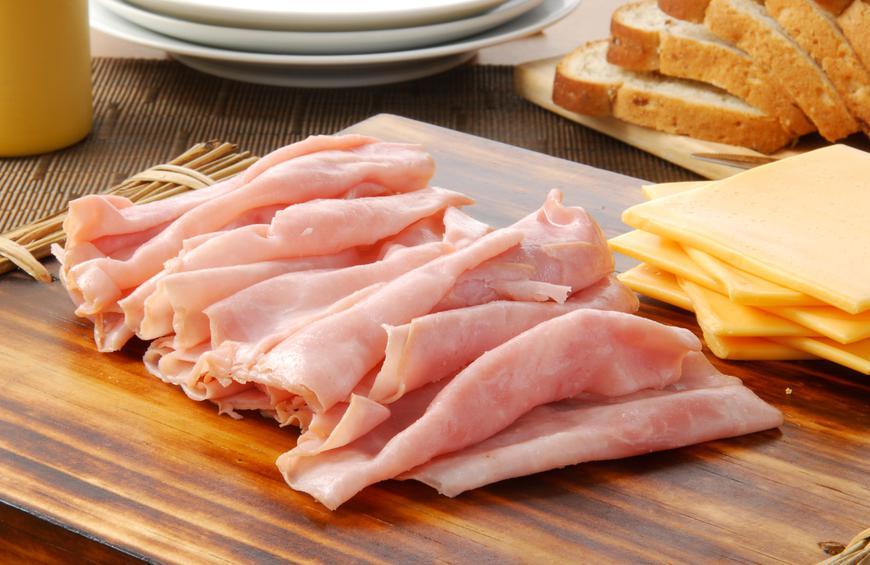 Processed meats
Processed meats
When it comes to lunch meat, including chicken and turkey, most people think they are safe choosing to eat such a lean protein. But this doctor thinks you should read the labels. “In general, processed meats include a collection of meat that would otherwise be thrown away," says David A. Greuner, MD, surgical director at NYC Surgical, “but is combined with other typically non-edible products and chemicals to artificially create a palatable mixture. This means that not only are the least nutritious byproducts of animals used, but artificial fillers, flavors, and preservatives are added, at times, in large quantities to ensure that the new concoction is both flavorful and visually appealing, despite the dismal nutritional profile.”
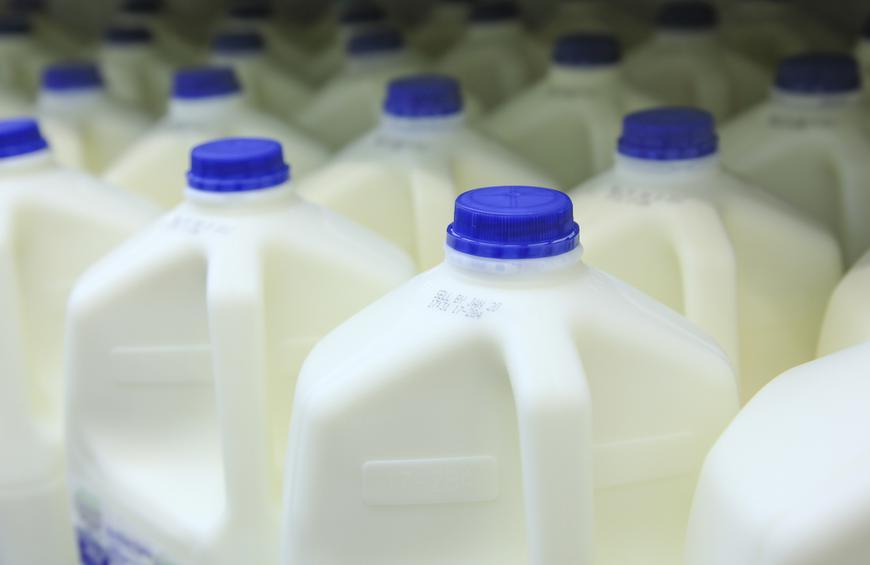 Skim milk
Skim milk
Some people might assume it’s “healthy” because it’s low in fat, but skim milk has some surprising drawbacks. “The process of removing some of the fat particles creates oxidized cholesterol in the remaining fat,” explains Dr. Nicole Farmer, an integrative physician at the Casey Health Institute. “Better to use whole-fat dairy in moderation.” However, American Heart Association guidelines recommend low-fat dairy for lowering your blood pressure.
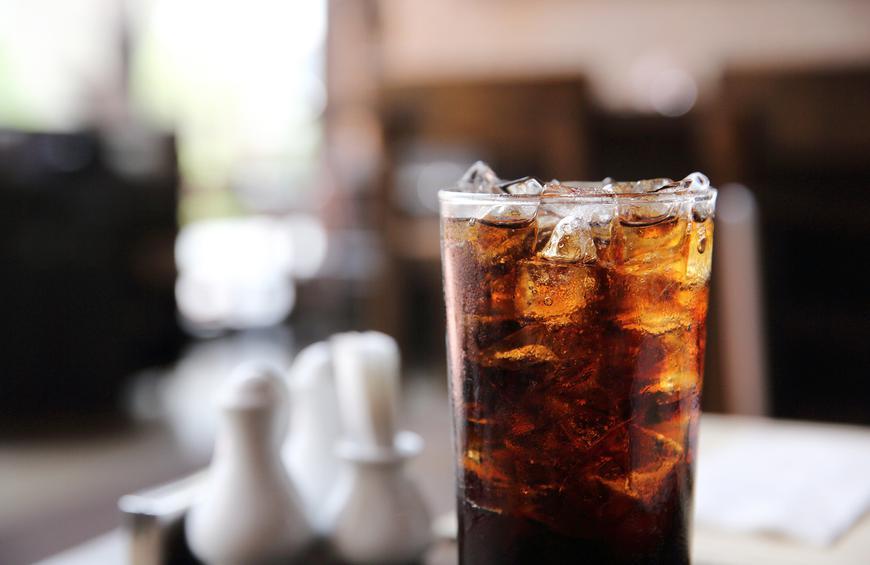 Soda
Soda
This one should come as no surprise, but Dr. Caroline Apovian, director of the Nutrition and Weight Management Center at the Boston Medical Center, warns that drinking soda can lead to some unexpected health consequences. “The phosphoric acid in soda flushes out the calcium, magnesium, and zinc in the lower intestine,” says Dr. Apovian. “Once the initial sugar and caffeine rush wears off, fatigue, irritability, and cravings for more set in.”
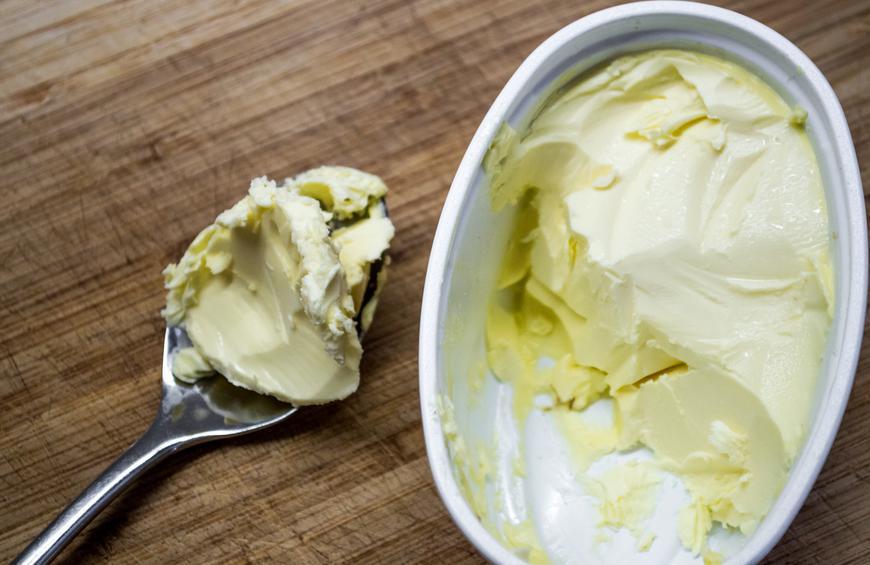 Trans fats and fat substitutes
Trans fats and fat substitutes
“These are being eliminated in the U.S., but seeing ‘partially hydrogenated’ in the list of ingredients should warn you away,” Dr. Chandra of Mass General-Chelsea advises. “These are classic artery-cloggers and predispose to heart attacks and strokes, per the research evidence.”
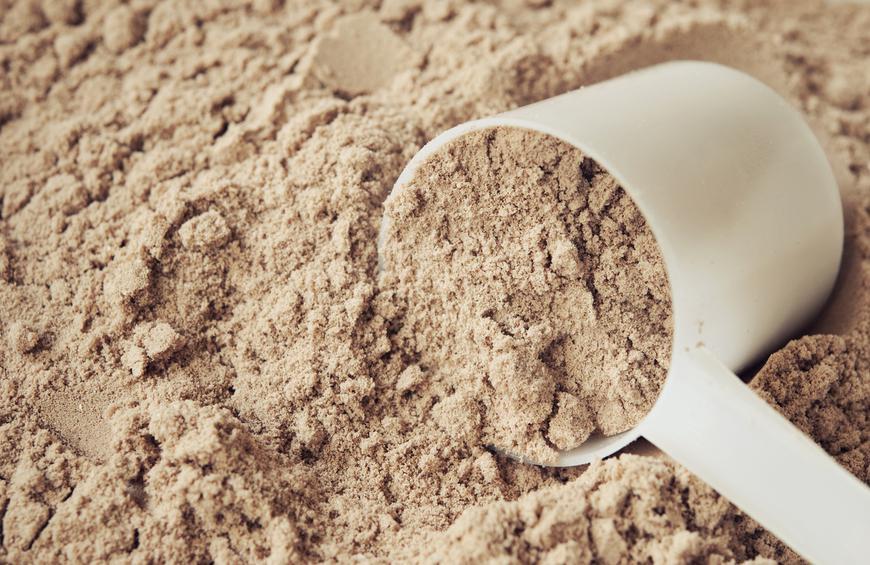 Whey protein
Whey protein
Whey protein is widely used by athletes and smoothie enthusiasts, but it may not be as healthy as we all assume. “Whey protein is a popular sport supplement for building muscle. The problem with whey is that it contains an insulin-like growth factor that stimulates the body’s production of insulin and androgens,” says Dr. Janet H. Prystowsky, a board-certified dermatologist. “The increased insulin and androgen production increases sebum production in the skin, resulting in acne. If you use whey protein and have acne, switching to a non-milk protein source could alleviate your acne. There is no evidence that concentrated protein supplements help a healthy athlete anyway.” But if you’re looking to supplement more protein in your diet, protein powder could be helpful for you. Many other foods contain enough protein to sustain a healthy lifestyle, too.
Facilitator and researcher Walter Sorochan commentary: This is a very good list of foods to avoid. The authors failed to mention that many foods are processed [some or many nutrients removed]; most of these foods have sugar, salt and fat added that make the foods taste super. The super means that many of these foods make you addicted to the food. That is why these foods are so difficult to give up. More important, these are the addicted foods that also feed the bad bacteria in your large intestine [colon] that, in turn, incubate chronic disease over a long time.
The author team pointed out at the beginning of this paper the backgrounds of their experts on food and nutrition. This was great but they did overlook some information: The above list of 30 is missing some key foods, like red meat, broiled meats, hamburgers and French fries and pizza that medical doctors and nutritionists probably deliberately left out and showed vested interest and their lack of independent thought. Although the authors pointed out the shortcomings of medical doctors, in lacking nutrition information, they forgot to state that both medical doctors, nutritionists and other experts are not up to date on the latest scientific research and findings. You may be interested to view nutrition updating: the recent updates on nutrition
Source: Article by Daily Meal Staff, "30 Foods doctors won't eat and why," MSN Lifestyle, March 15, 2019 is no longer available.